The 10 Best Dog Training Tips
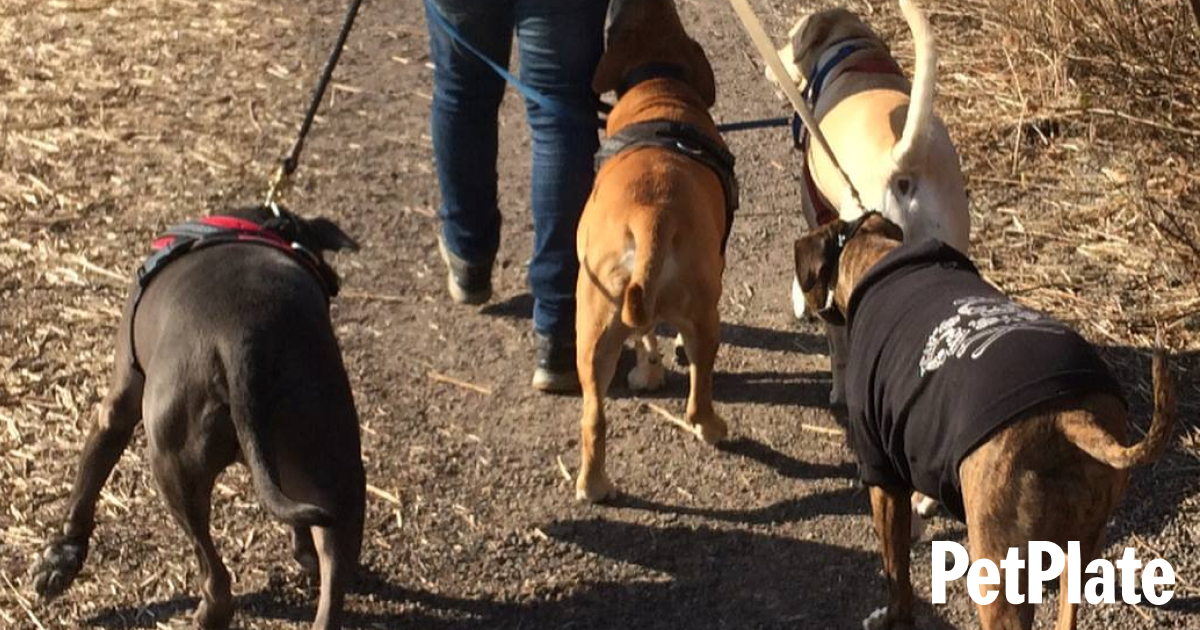
An untrained dog is still a great friend. But a trained dog can be an even better friend. Not to mention happier and safer, as training your dog is something that’s definitely done for their own good (not because you’re on a power trip).
When you start training your dog, you must do so with purpose. You should have a clear idea of what you hope to accomplish. This goal-oriented approach to dog training can deliver impressive and lasting results, especially if you plan your program based on the following list of the 10 best dog training tips.
#1: Start With Simple Commands
There are some principles of education that apply to both animals and humans. Whether you’re teaching your dog to sit or your children to ride a bicycle, it’s necessary to start simple to make sure they grasp the basics.
Once you’ve successfully taught them to heel, stay or come, then and only then will they be ready to move on to more complex demands.
Check out our video on how to teach the command “down”!
How to train dogs to sit
Your dog can be taught to sit through the use of a verbal signal (“sit!”) combined with a treat and praise whenever they change to a sitting position. If they’re lying down you can hold their treat directly above their head, lifting it high enough to encourage them to sit up. Once they do, you should give them the treat immediately, along with a rub on the head and verbal affirmation of their goodness, or some variation on this theme.
If a dog is standing, they can usually be made to sit if you hold a treat above them and move it toward their rear, directly over their head. As they follow it with their eyes they will usually sit down on reflex, and at that point you can bring the treat back and feed it to them instantly, once again praising them for their excellent performance. Combined with verbal instructions to “sit!” this approach can eventually leave you with a dog that will sit on demand, even if no treat is being provided as an inducement.
#2: Begin Leash Training As Soon As Possible
Your dog should not react to your leash as if it were a burden or a distraction. Wearing one should come naturally to them, and that will only happen if you start training them with a leash as soon as you have the opportunity to do so.
Despite what you may think, a leash should not be used as a method of control. It should be used to encourage voluntary cooperation, based on your dog’s desire to follow your commands and do what you ask.
“A leash is a means of communication,” explains licensed trainer Fred Zorn of Fred Zorn Dog Training. “It’s a means of communicating with the dog.”
“Use the leash to teach your dog what the best thing to pay attention to is. And it’s not the other dog walking by or that awesome-smelling tree. The most interesting thing they could possibly pay attention to is you.”
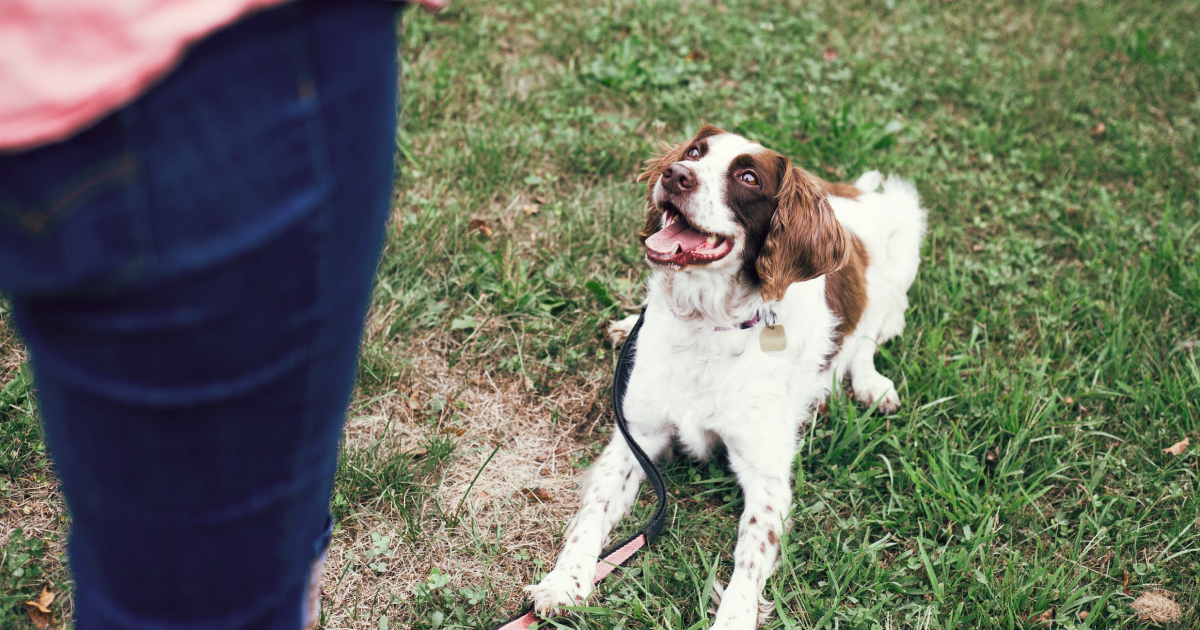
How to train dogs to walk on leash
To properly leash train a dog, you must make sure that you remain their top priority. “Let the dog be in charge of the walk,” Zorn advises.
He instructs that you simply stop if your dog jumps out in front of you, and refuse to move until they come back to stand beside you. If they want the walk to continue, only being beside you will work. No other position will get you to budge.
Eventually, Zorn promises, your dog will realize that their cooperation is “the gas” that powers the walk, and allows you both to move forward.
#3: Interrupt Misbehavior Immediately
With dogs, bad or undesirable patterns of behaviors can be converted into bad and potentially permanent habits in the blink of an eye. What you must remember is that something that seems like misbehavior to you can seem perfectly sensible from a dog’s perspective. It’s up to you to convince them otherwise.
Zorn has had many conversations with pet parents who lament their dogs’ stubbornness, misunderstanding its source. “I’ll say, ‘you know what, your dog is very inventive, they’re very tenacious, they like to find their own way toward things. They’re very creative in what they’re trying to do. That’s the sign of a really smart dog.”
In other words, your dog’s undesirable behaviors are a consequence of their intelligence. If you want them to stop, you must change their views on what constitutes the smartest choice in a given circumstance. You can only do this if you put a halt to misbehavior (as you define it) immediately, while encouraging the alternative behavior you consider desirable through your training regimen.
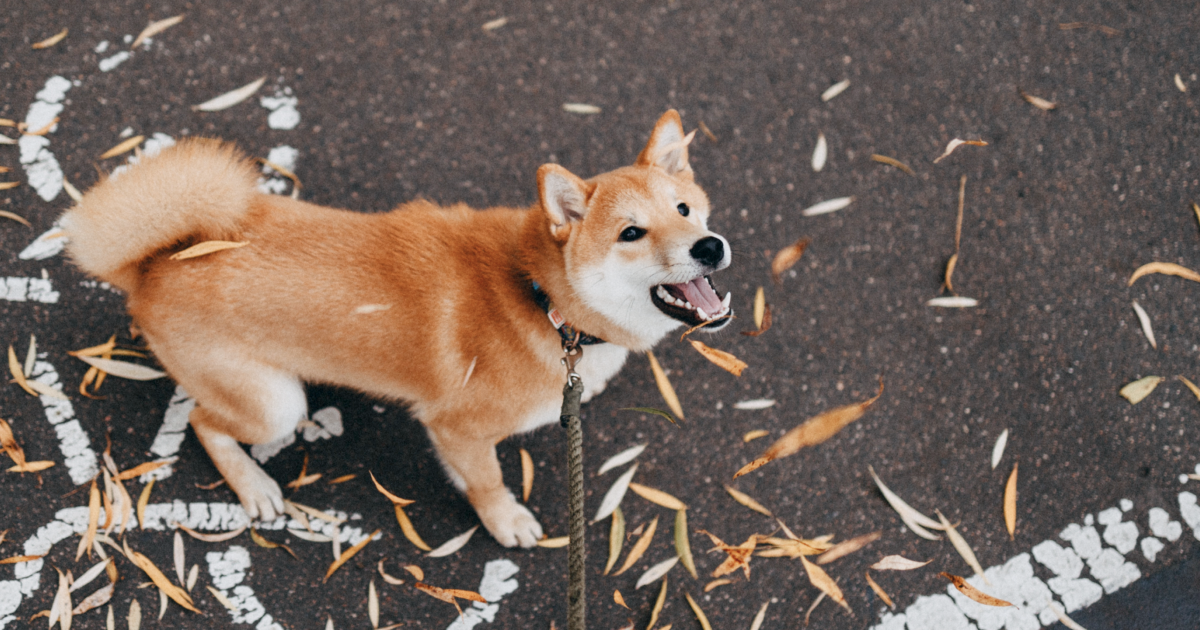
How to train dogs to stop barking
If your dog’s barking becomes a problem, you can teach them to respond to the word “Quiet” by rewarding them with praise and a treat whenever they stop barking after you’ve uttered this command.
During training sessions devoted to curbing their barking habit, you should tell them “Quiet!” in a firm but controlled voice when the barking begins. Saying it once, calmly, is of utmost importance, as they interpret incessant shouting as a human version of barking, and will think you’re joining them. As soon as they become silent you should immediately give them their reward, and make sure you never pamper them or give them a treat while they’re still barking.
How to train dogs not to bite
You can halt or prevent biting behavior through a combination of socialization, positive reinforcement and basic dog obedience training.
Dogs bite less when they’ve been given a chance to get used to people, either as a puppy (preferable) or as an adult. Training helps because it keeps them focused more on you than what’s happening in the surrounding environment, and also because it helps them feel more secure and confident. Training with positive reinforcement is the most effective approach. A 2009 study showed that dogs trained using negative reinforcement (i.e. punishment for failure) were 25% more likely to respond with aggression in stressful circumstances.
#4: Engage in Regular Training Sessions
We’ve all heard the saying ‘practice makes perfect,’ and we’ve undoubtedly all verified the wisdom of this maxim through first-hand experience. When you’re training your dog they will need a lot of practice to get it right, and consequently, you must train them regularly to achieve the desired results.
Regular training serves several purposes. It increases the level of reinforcement, gets the dog used to learning, and helps establish the type of relationship that is conducive to successful training. The latter involves bringing the dog into alignment with your goals, so they become an interest you both share.
“The dog is in control of the handler,” is how Zorn describes a well-conceived training routine. “If you give them agency, you’ll see that they start making choices that allow them to be successful because they’re calm.”
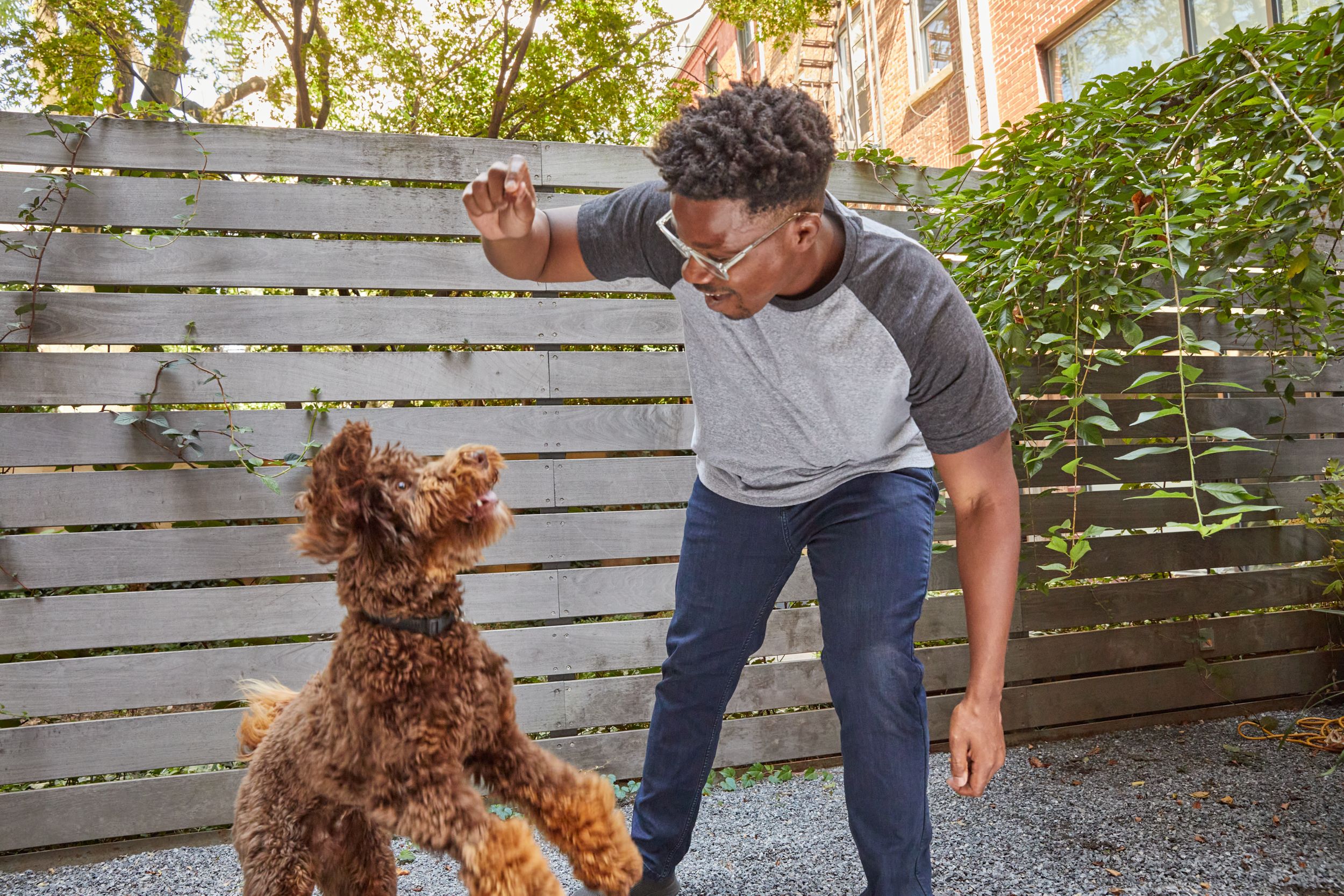
#5: Use Short, Consistent Training Sessions
Training your dog will be much easier if you keep them fresh, engaged and excited about the process. One of the surest ways to guarantee a positive reaction is to keep your training sessions short—no more than 15 minutes long in the case of an adult dog and somewhat shorter if you’re training a puppy. You may be able to fit in more than one session a day this way. Ideally, you’ll have your sessions at the same time each day so your dog can adjust to the routine.
The rule of thumb for dog training is to work on one thing at a time. Focused sessions devoted exclusively to learning a specific command or perfecting a single skill will produce superior results, as long as you maintain a daily routine.
#6: Minimize Distractions
Your dog won’t have the focus or the attention span of an adult human. As an adult human, you may forget this at times, and expect your dog to perform even when they’re surrounded by distractions.
When you are ready to begin a training session, you should choose a location where noise is minimal to nonexistent, and where there are no other animals or people around. There should also be no moving objects or strong smells in the area that could capture your dog’s interest. An environment like this will help your dog concentrate, and help you stay focused on the task at hand as well.
#7: Use Positive Reinforcement, Not Negative Reinforcement
This is one of the most vital principles of dog training, and of dog ownership in general. Yet amazingly, many pet parents will resort to negative tactics to try to get a response from their dog, in training as well as in daily life.
As Zorn points out, your success or failure at training your dogs will depend on your ability to keep them motivated—which is much easier with an approach that relies on positive reinforcement.
“Just like anybody, dogs do things first because they want to do them,” he explains. “Second, because they know how to do them, and only third because they’re told to do them.”
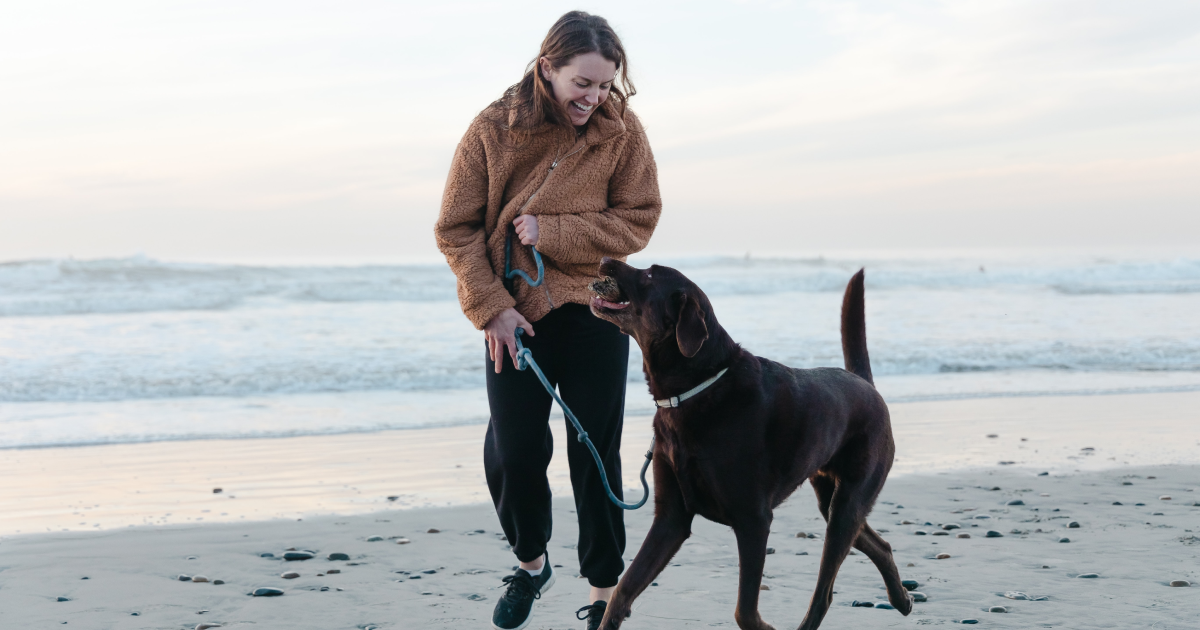
#8: Be Patient
If patience is a virtue in normal life, it’s an indispensable requirement for anyone attempting to train their dogs.
“Think about anytime anybody’s ever taught you something,” Zorn says. “When learning something, if you’re getting rushed through it, all you’re learning is that somebody’s rushing you, you’re not actually learning the concept.”
Your dog wants to learn. Spending time with you is a pleasurable experience for them, and anything that deepens your bonds will be desirable from their perspective. But you must understand that each dog has its own unique learning curve. If you set aside your preconceived notions about how quickly dogs can be trained, you’ll increase your odds of success substantially.
#9: Pay Attention To What Your Dog Responds To
You may have read several books and watched dozens of YouTube videos about dog training, and convinced yourself that you now know everything there is to know about how to train a dog. But no matter how prepared and educated you are, dogs will constantly frustrate your preconceived notions of how they should react and behave.
Each dog is a unique individual. They communicate through their attitudes, body language, and patterns of response. If you pay close attention during training, you’ll discover which techniques produce change and which don’t. You’ll also learn which treats or which type of praise is more likely to elicit their cooperation.
If you want to guarantee a high level of compliance during training, you would be wise to add an assortment of treats to your reward menu. Regardless of what command you want them to follow, your dog will be both happy and excited to obey when they know there is a tasty snack waiting for them if they complete their mission!
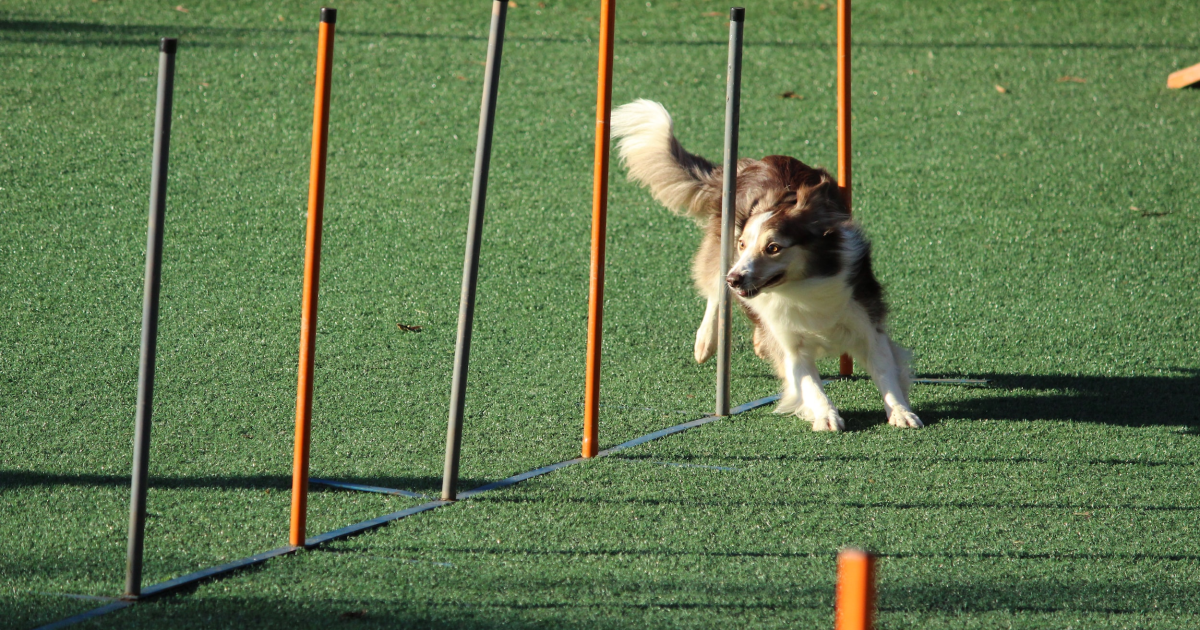
#10: Remember to Have Fun!
Dog training sessions are most effective when the process is entertaining and joyful, for you as well as for your dog. To guarantee a fantastic experience, you should provide your dog with a clear and quiet space to work in, preferably outside and without distractions. Be as enthusiastic and energetic as you can be, which will let them know that you enjoy spending time with them. This will teach them to love the learning experience.
“Dogs are sentient beings with a deep and rich inner life,” says Zorn. “As such, they are able to engage with the world and learn from the environment they live in with an astonishing degree of acumen. If we choose to be a part of their education, there are effective and efficient ways of doing this, that will teach us as much (if not more) about ourselves as it will our dog.”
For more tips on engaging in successful dog training sessions you’ll both enjoy, check out Zorn’s animated videos!